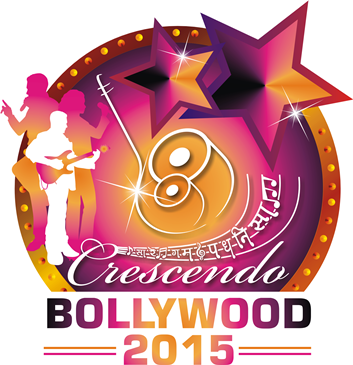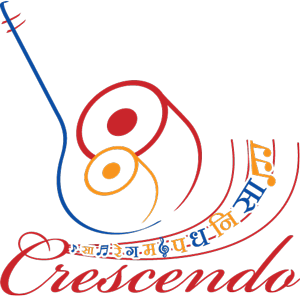To make the raag rendering more beautiful and varied, different ornamental patterns are used. Along with the theory each pattern contains an audio. Please click the audio symbol to download the audio file. I thank Smt. Veena Sahasrabuddhe for letting me use her audio files which very nicely outline each alankar. Veeenatai's website is located at http://www.it.iitb.ac.in/~hvs/Veena/ where you can find a series of her lecture demonstrations.
Alankar : Alankar literally means ornaments or adorations. Specific melodic presentation in succession in which
a pattern is followed is called Alankar. For example : "SaReGa, ReGaMa, GaMaPa, MaPaDha, PaDhaNi DaNiSa". This phrase is a
part of an alankar in which three notes in succession are used at each time.
Gamak : These are many ways of ornamenting the notes. In the ancient books fifteen types of gamaks are found. 
- Kampita - Shake
- Andolita - Swing
- Aaghaat - Strike
- Valit - Vipple
- Tribhinna - Threefold
- Gumphita - Threaded
- Plavita - Flowing
- Mishrit - Mixed
- Kurula - Spiral
- Sphurita - Pulsating
- Tirip - Flurry
- Leen - Absorbing
- Mudrita - Imprint
- Ullhasit - Happy
- Naamita - Obeisance
Many of these gamaks are still in use in Karnatak music under different names. However, today in the North Indian music,
vibrating the notes with force is now called Gamak. This is an important technique in Dhrupad and often in Bada
Khayal singing.
Kan or Sparsh Swar : Kan means a small particle of a neighboring note used with the main note. It can be higher or lower than the main note. 
Murki : It's a short taan of three or four notes. It's sung very fast. 
Khatkaa : Two or more notes sung with a jerk. Its a combination of Kan and Murki. 
Meend : Stretching or lengthening the sound from one note to another. This technique maintains the continuity
of the sound. Meend brings a continuos flow, softness and continuity. 
 |
 |
 |



